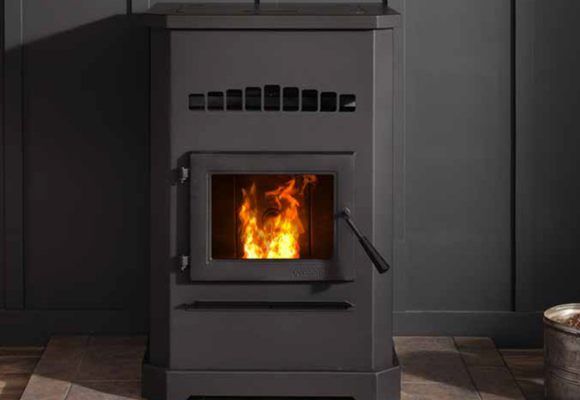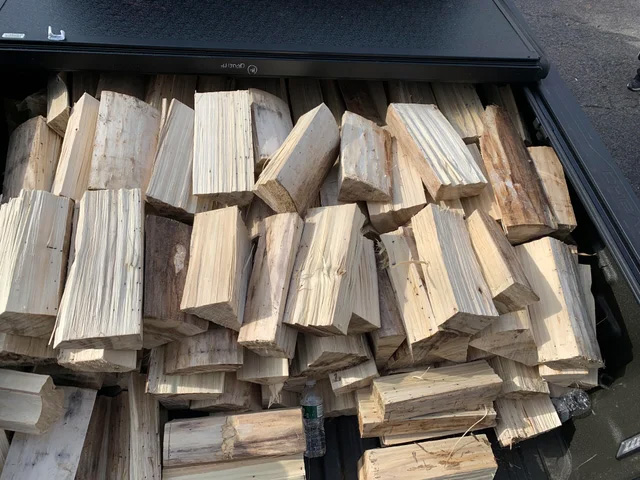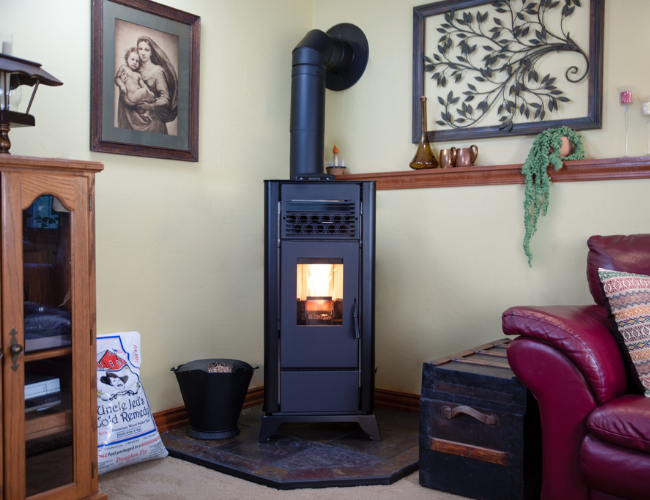Interested in lush green forestry or a professional in the wood industry, either botanist or commoner, it’s necessary to know what nature has gifted and how many ways we benefit.
If you ever get a tour to the mountainous regions, you will come across many Firs, like Red and White, balsam or Siberian, and many others, as per their respective height and altitude range. But do you know what makes White Fir vs Red Fir different?
Normally we look at the same sight as all tall trees, but that’s not the case. Both types vary in their leaves, barks, cones, and seeds, and to easily differentiate, we would consider these factors to determine them.
Consider botanical comparison guides not only to help enhance your knowledge, but these are one of our sources for our living, so knowing them makes it easy to utilize the resource adequately.
Professionals in the wood industry need to know which wood matters and how much to utilize for a specific purpose. Surferhandy made it quite easy to differentiate by looking at the common parts. So, let’s find the difference!
White Fir Vs Red Fir- Major Differential Parameters
| COMPARISON TABLE | |
| White Fir | Red Fir |
| Scientific name | |
| Abies concolor | Abies magnifica |
| Family | |
| Pinaceae | Pinaceae |
| Height | |
| 60 to 200 feet tall, 1-4 foot trunk | Up to 230 or 240 feet tall, 10-foot diameter |
| Bark | |
| Thin, ridged, grayish bark | Thick, Reddish-brown bark |
| Leaves | |
| long, light, bluish-to-silvery-green flat needles | Blue-green needles Upward along branches |
| Cones shape | |
| tightly packed cylinders | Big clusters near tree top and point up |
| Cone color | |
| Early cones-olive greenMid-age- purpleMature-brown | Early cones- yellow-greenMature-brown |
| Altitude | |
| middle elevations of tall mountain ranges (3,000 – 8,000 ft. | High mountain ranges than White Fir (5,000 – 9,000). |
| Seeds | |
| Release causes breaking of cone | Release seeds during autumn |
| Habitat | |
| Northern Mexico, California, Utah, Colorado, Arizona, and New Mexico | Oregon, California, and the Sierra Nevada mountains |
| Uses | |
| Ornamental and Christmas | Plywood, lumber, framing, and Christmas trees |
White Fir or Weed Tree
White Fir or Abies concolor is a type that usually grows in mountainous regions and seems to be drought resistant in covering the primary forests of California, northern Mexico, Arizona, Utah, and New Mexico.
Another name for White Fir is a weed tree because of its drought-resistant capability; you might see them grow on distributed sides with other Fir and Pine trees, including Red Fir, ponderosa pine, incense pine, and sugar Pine.
White Fir is highly vulnerable to fire and can get caught because of its ladder branches that lead the fire to get severe.These trees lie at mountain ranges 3000 to 8000 feet with beautifully arranged bluish to silvery Green 1 – 3″ long flat needles like long leaves. The needles are blue-silver in the early stages and are considered soft edible branches with a bitter taste.
These needles also feel citrus-smelling, so you can munch some of them and try them! This Fir from the national parks is yet the largest of their kind; when observing the White fair branches, you would find them a bit shorter than other Firs. The White for has a single needle instead of a needle cluster, differentiating them from pines!
The leaves are different from other trees and plants and look like needles with two distinct White lines and needles for the right angle when coming out from the tree branches. Because of the needle leaves, one can differentiate by knowing. The two White lines make them easily recognized as White Fir.
The tree’s bark is thinner than other Fir with a rigid and grace-full dinghy. The young bark is Gray and then gets to vertical White/gray plates over time.
Underneath the White Fir bark, you might observe golden or yellow color that easily differentiates the tree from other Firs and pines.
These species can grow very tall, and White Fir seems to cover the whole area, considering the height ranges from 60 to 200 feet with a 01-04 foot width. Did you know that some White Fir may also range up to 250 feet tall?
This type of tree does not have fruits but a cone shape hanging down in form clusters and tightly in cylinder forms.
The cone color variants are based on the age of the cone; early cones are usually olive green in color into purple; over time, the cone matured the ultimate color is brown.
The White Fir cones are large but not larger than the Firs; that’s why the White cone is 3 to 5 inches long, with numerous seeds released in respective seasons.
What makes Firs unique from other cone trees include that you would never find a cone as a whole on the ground; when the seeds are released, cones are broken down into pieces unless, before maturation, they fall and would be found in a whole complete look. Seed resides within the cone, and after development, they are released to give rise to more White Fir.
Red Fir
Abies magnifica, or Red Fir, is a taller species and lies at a higher altitude than the White Fir, up to 5,000 – 9,000.
These trees are endogenous in the Sierra Nevada Mountain ranges along California, Oregon, and most other mountain ranges. They are different from White Fir and would be identified considering the bark as Red Fir has Reddish Brown bark.

The bark Varies in color from time to time; it might be smooth initially, then convert into a dark Reddish Brown upon maturity. To more precisely consider the difference check the inner bark. The inner bar could be reddish or purplish, in appearance, Unlike the White fair, which is Golden to mud-yellow in the shade.
Young bark seems smooth but gets rough and hard after maturation and thicker than the White Firs. They are not that much prone to fire compared to white Firs. The Red had square or triangular cross-sectional leaves in needles.
The leaves or needles aren’t flat like other Firs, but four-sided curved-shaped needles are the differentiation feature of Red Firs. Have you seen a hockey stick? Yes, exactly like that; the needles are curved at the end!
These trees also bear cones and seeds. The cones are initially yellow to greenish shade and, when mature, turn brown. Maturation completes during autumn by the release of the seeds.
Did you know comparing various Firs, the Red Fir cons would be much bigger than the hand Palm, considering 4 to 8 inches in length in the form of the cluster at the tree top? Yes, they are!
In terms of prolificity red forms are more prolific than White Fir. Besides its ornamental use as a Christmas tree, the Red Fir is high-quality wood, so it opted for plywood, versatile frames, and lumber.
Conclusion
Finally, we have reached to end of this amazing informative comparison guide. We hope you got all the relevant info regarding the Fir with an easy comparison of White Fir vs Red Fir. Both are valuable assets to our natural green belt, but most specifically, the red Fir is worthy based on its application. Although both belong to the same plant family, their range, habitat, and altitude may vary in characteristics.
The Fir produces a highly coniferous wood that can be excellent for construction purposes, but White Fir opts for ornamental purposes.
People use it to decorate their houses with such kinds of trees with their branches, and mostly during Christmas, the trees are decorated with lights, shimmers, and many more to enhance the surrounding look.
What makes them excellent for the future would be considering their paper pulk to give more paper production and evolution of the paper industry.
Frequently Asked Questions
**What makes White Fir different from Douglas Fir?**
Although the similarity in the needles-like leaves differs in needle arrangement, the Douglas fir needles cover the whole branch with all direction coverage, unlike the White Fir, which is flat, long, light, bluish-to-silvery-green needles. Douglas fir varies by its shiny brown buds pointed out.
**Is Grand Fir the Same as The White Fir?**
Regarding habitat, the White Fir lies in the mountainous range of northern Mexico, California, Utah, Colorado, Arizona, and New Mexico. Somehow, the grand Fir was also once limited to the north of California, but they are different. Often mistakenly called White Fir, both vary in appearance and have versatile parts. In true first, the grand Fir occupies the seventh place.





